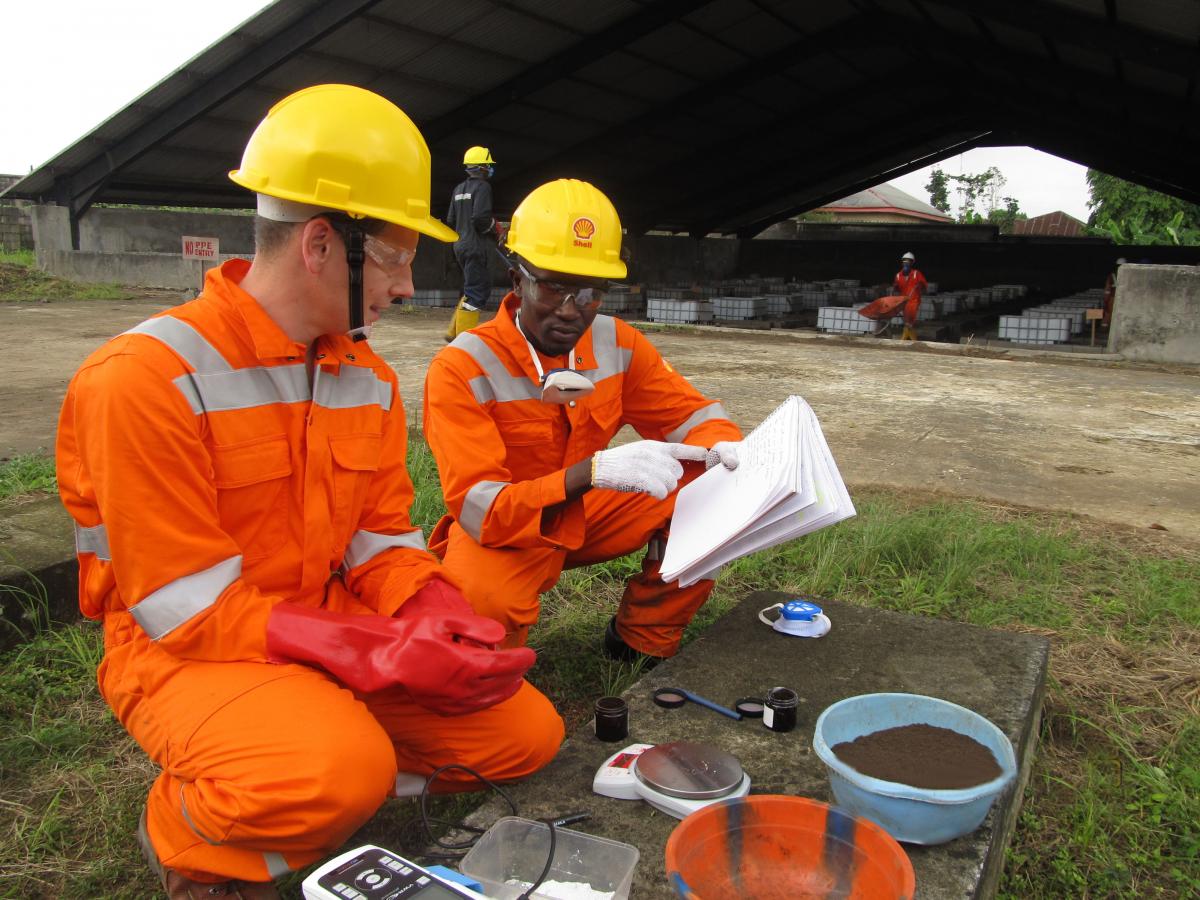Scientific study explores new techniques to remove oil contaminated soil in the Niger Delta
In a newly published study, the most effective way to break down hydrocarbon in oil contaminated soil in the Niger Delta has been examined. The study is a response to recommendations presented by the IUCN Niger Delta Panel.

Photo: SPDC
Nigeria’s Niger Delta has seen oil and gas extraction since the 1950s and has sadly experienced oil spills due to theft, sabotage and industrial accidents. These oil spills have negatively impacted the sensitive environment and its biodiversity.
In 2012, IUCN established an independent scientific advisory panel, the Niger Delta Panel, at the request of the Shell Petroleum Development Company (SPDC) Joint Venture. Objectives were to assess how best to approach the remediation and rehabilitation of oil spill sites within the SPDC Joint Venture areas of operation, and to assess the company’s own procedures for undertaking such work.
Landfarming is a well-practiced technique used in the Niger Delta, and elsewhere, to bioremediate crude oil contamination in soils with the objective of restoring the land to conditions acceptable to human health and the environment. It stimulates the natural microbial processes that break down and use the carbon rich oil contamination as a source of food and energy, ultimately leading to its removal. The key to the process is providing the microbes with the nutrients they need to perform optimally.
“Land farming is a tried and tested approach to reduce the concentration of oil in soils. To improve the effectiveness of this process, the IUCN Niger Delta Panel proposed the use of amendments, such as biosurfactants, enzymes and sorbents. This is what we have tested,” said Kim Bye Bruun, SPDC’s project manager for remediation improvement initiatives and one of the authors of the study.
The trials were conducted in the first half of 2016, followed by result analyses. International remediation experts and scientists were involved in the study, in addition to members of the IUCN Niger Delta Panel.
It was found that the treatments were successful in removing up to 53% of the total petroleum hydrocarbon in the soil within 16 weeks. A comparison between treatments demonstrated that most were no more effective than agricultural fertilizer addition alone, according to the article published online in Science of Total Environment (April 2017).
“We continue our efforts to further improve the speed and quality of our remediation in the Niger Delta,” added Mr Bye Bruun. Other initiatives undertaken in collaboration with the IUCN Niger Delta Panel, which ended in December 2016, include a Niger Delta biodiversity protection plan and the development of a mangrove restoration toolkit. SPDC is also working with Nigerian regulators to develop risk-based screening levels for soil and groundwater in the Niger Delta, aligning assessment methodology and clean up practices with international best practice.
